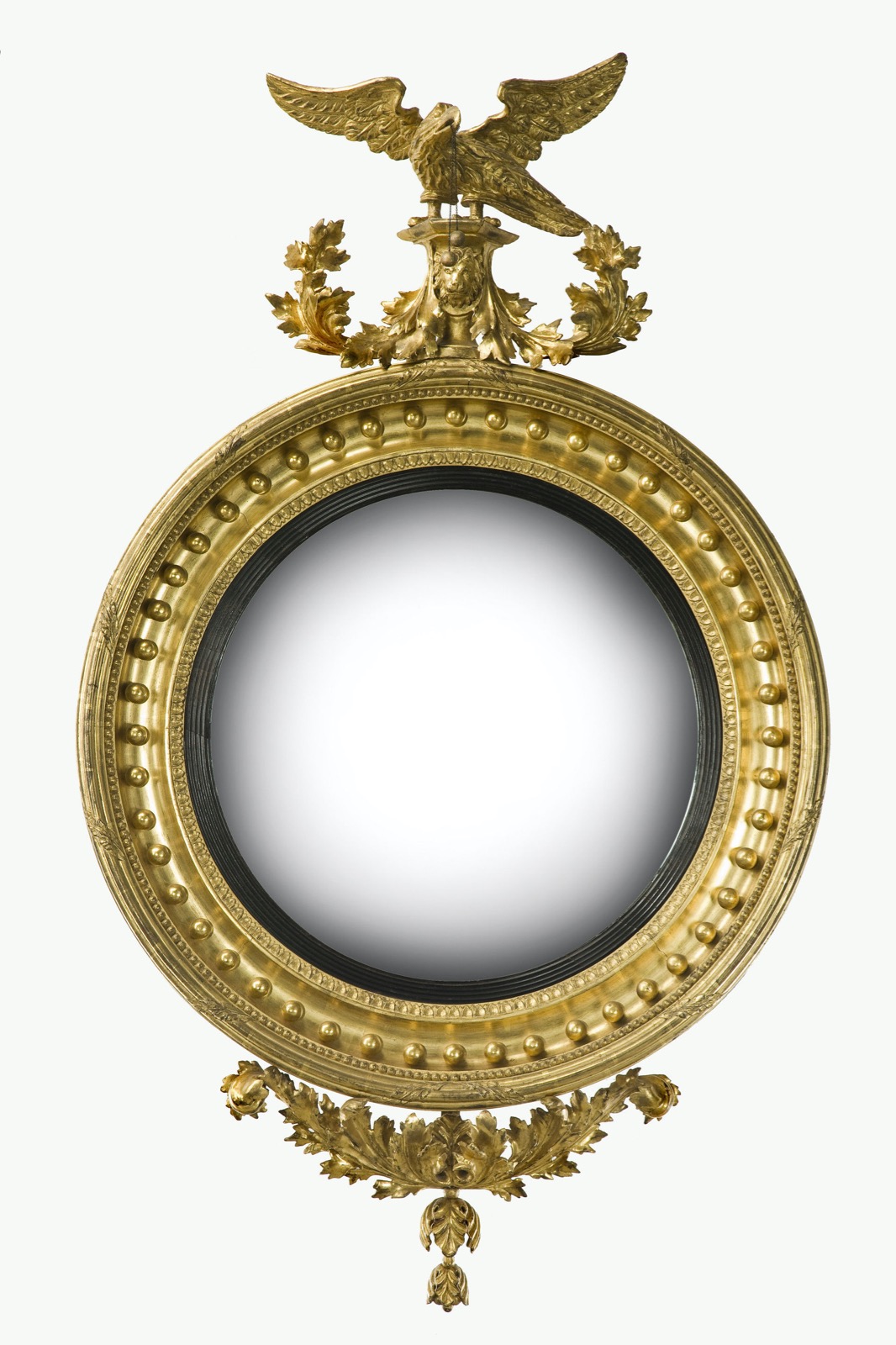

Address
Unit 2 Riverside Business Park
Lymington
Hampshire
United Kingdom
SO41 9BB
Opening times
Mobile
Large Regency Giltwood Convex Mirror
Ask a question
Please note,
This dealer does not accept instant online payment for this item.
To buy this item please email the dealer using the enquiry form below.
Wick Antiques Ltd
Vintage Metamorphic Centre / Coffee Table c.1960
£ 3,450
Wick Antiques Ltd
Fine George IV Period Tray Top Occasional Table by Gillows c.1825
£ 3,250
Wick Antiques Ltd
A Fine and Large Pair of 19th Century Ormolu Wall Lights in the Rococo Revival Style
£ 4,400
A Fine and Large Pair of 19th Century Ormolu Wall Lights in the Rococo Revival Style
£ 4,400
Wick Antiques Ltd
Wick Antiques Ltd
An Exceptional Documented Folding Screen Made by T. Robertson and Sons of Alnwick in 1877 with Paintings of Northumberland Castles by Thomas Henry Gibb
£ 24,500
Wick Antiques Ltd
Fine Gouache of the Fanny Buller Trading Ship off the Italian Coast in Starboard Tack
£ 2,850
Fine Gouache of the Fanny Buller Trading Ship off the Italian Coast in Starboard Tack
£ 2,850
Wick Antiques Ltd
£ 4,400
A Fine Pair of George III Period Mahogany Demilune Card Tables with Provenance
£ 4,400
Wick Antiques Ltd
